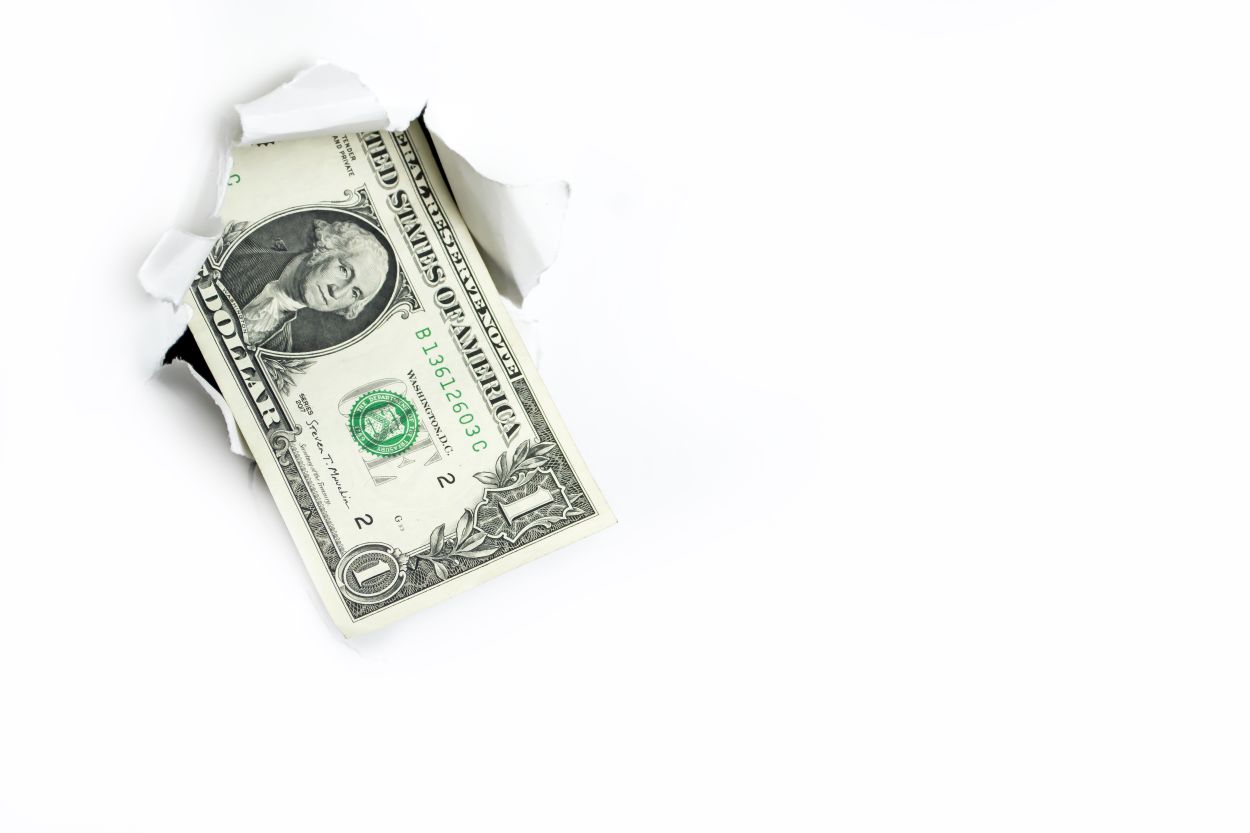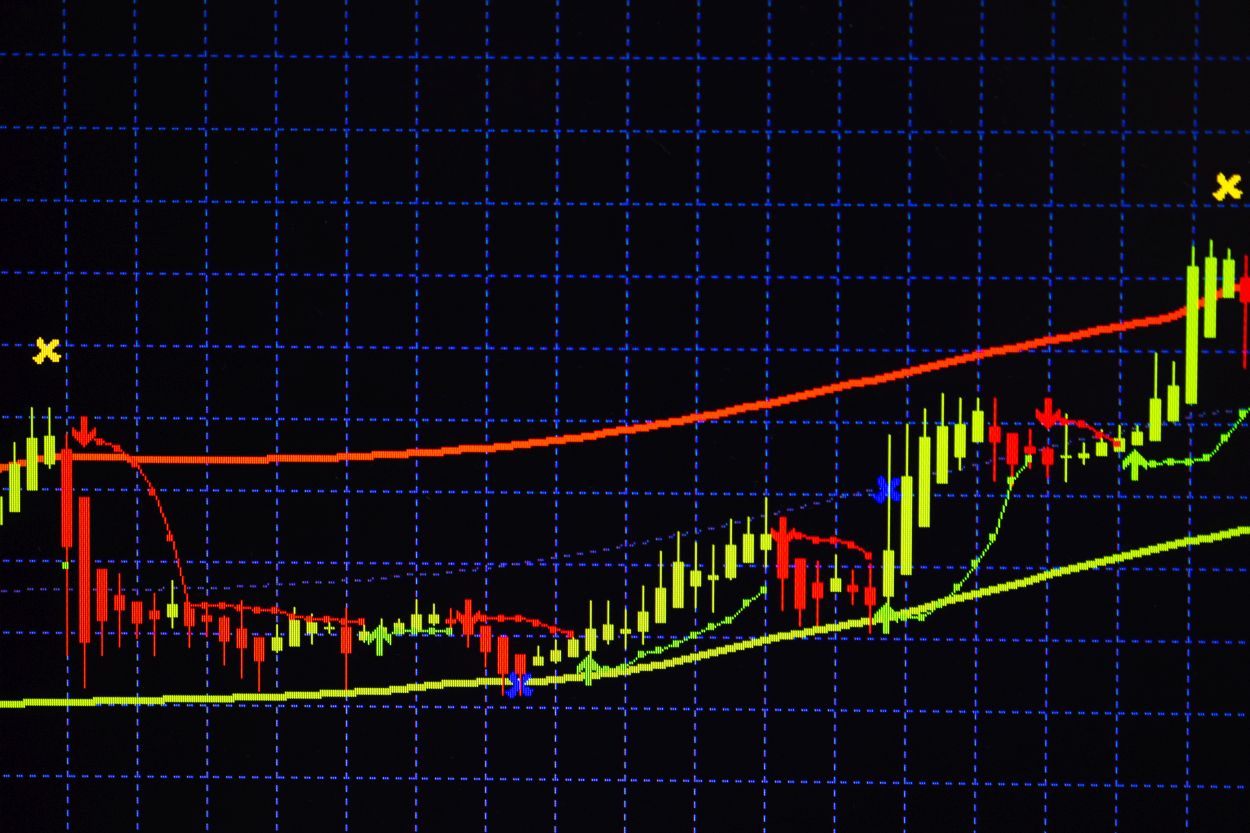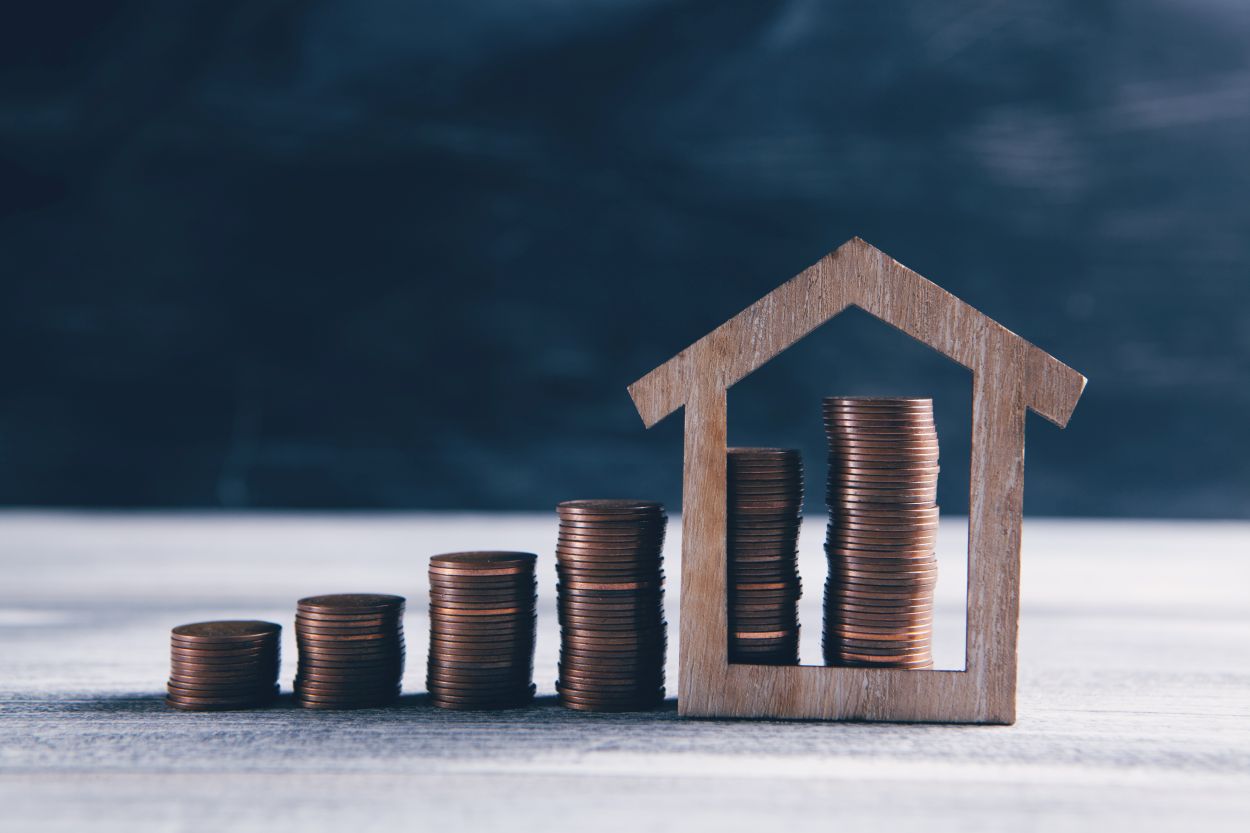The dynamics of the dollar depends on expectations regarding the upcoming Fed rate hike and fears of a recession in the global economy
The US dollar hovered just above a weekly low on Tuesday as markets reduced the chances of a full percentage increase in the Federal Reserve’s interest rate this month.
The Australian dollar returned to a weekly high on Monday amid an aggressive turn in the comments of the Reserve Bank of the country.
Betting on an excessive tightening of the Fed’s monetary policy rose last week after data showed that US inflation, already at a four-decade high, continued to pick up in June. But some Federal Reserve officials were quick to criticize such talk, and Friday’s data showed consumer inflation expectations easing to their lowest level in a year.
Traders of futures contracts linked to the Fed’s short-term Fed funds rate, who were leaning towards raising interest rates by a full percentage point at the July 26-27 meeting, decisively changed their rates in favor of the regulator’s 0.75 percent rate hike. At the same time, the chances of increasing it by a whole percentage last time were about 81%.
The dollar index, which measures the dollar against six other currencies, was unchanged at 107.46. This was below Monday’s low of 106.88, but also far from last week’s high of 109.29, a level not seen since September 2002.
The euro, which is the currency with the most weight in the dollar index, fell 0.13% to $1.01305, but it came after it rose about 0.6% yesterday in its second day of strong gains.
The single currency tumbled to $0.9952 on Thursday for the first time since December 2002, under the pressure of uncertainty over deteriorating energy supplies in the eurozone.
Traders are nervous ahead of Thursday, when the flow of gas through the Nord Stream gas pipeline from Russia to Germany is due to resume after a scheduled shutdown for scheduled repairs.
Russia’s Gazprom announced a force majeure event with regard to gas supplies to Europe for at least one major consumer in a July 14 letter seen by Reuters on Monday.
Despite the uncertainty, the European Central Bank is ready to raise interest rates on Thursday for the first time in more than a decade. It reported a 25 basis point gain, but high inflation forced some traders to raise their forecast to half a percent.
“The balance of risk is tilted towards a weaker euro (while) the path of least resistance for the US dollar is to continue rising due to poor global growth prospects,” Commonwealth Bank of Australia analyst Carol Kong wrote in a client note on the role of the dollar as asylum.
The yen hovered near a 24-year low ahead of the BOJ’s policy decision on Thursday, with the central bank sticking to ultra-soft monetary policy parameters on multiple occasions recently.
The dollar was little changed at 138.055 yen, not far from Thursday’s peak at 139.38, a level not seen since September 1998.
The pound sterling was almost unchanged at $1.1954 after falling off Monday’s one-week high of $1.2032. On Thursday, it fell to $1.1761 for the first time since March 2020, as Britain faced a bitter and divisive battle to replace ousted Prime Minister Boris Johnson.
The Australian dollar climbed 0.44% to $0.6843 and touched $0.68475 at some point, closing the gap to a previous session peak of $0.6853, the highest level since July 11. It fell to $0.66825 last Thursday, its weakest level in more than two years.
Policymakers at the Reserve Bank of Australia see the need for further tightening on top of recent hikes as interest rates are still too low to contain inflationary expectations amid a strong labor market, minutes from its meeting earlier this month released on Tuesday showed.
“The RBA board has toughened up its rhetoric,” Westpac economist Bill Evans wrote in a research note.
„Another 50 basis points in August seem very likely.”




